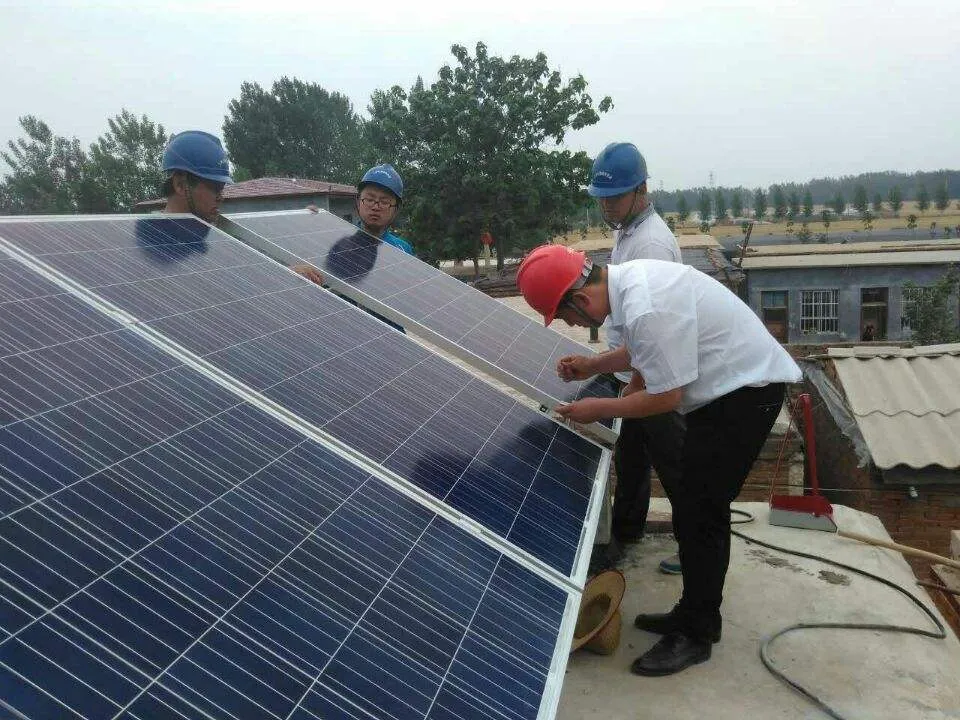Understanding Solar Panel Wiring for Optimal Energy Efficiency and Installation Guide
Understanding Solar Panel Wiring A Guide for Homeowners
As the world shifts towards sustainable energy solutions, solar power has emerged as a cornerstone of the green energy movement. One of the crucial components of a solar power system is the wiring, which plays a vital role in the efficiency and safety of the installation. This article aims to provide a comprehensive overview of solar panel wiring, catering to homeowners interested in adopting this renewable energy source.
1. The Basics of Solar Panel Wiring
Solar panels convert sunlight into electricity through photovoltaic cells. The electricity generated can either be used immediately or stored for later use. But to harness this energy effectively, proper wiring is essential. The key elements in solar wiring include solar panels, inverters, charge controllers, batteries (if applicable), and the electrical system of the home.
Solar panels are typically wired in series or parallel configurations.
- Series Wiring In this setup, the positive terminal of one panel is connected to the negative terminal of the next. This arrangement increases the voltage while keeping the current constant. For example, connecting two 12-volt panels in series results in a combined voltage of 24 volts. Series wiring is beneficial in situations where the system can operate at higher voltages, leading to reduced current and lower resistive losses.
- Parallel Wiring In contrast, parallel wiring connects all positive terminals together and all negative terminals together. This keeps the voltage constant at the level of a single panel but increases the overall current. For instance, connecting two 12-volt panels in parallel would still yield 12 volts but double the current output. Parallel configurations are advantageous when shading is a concern, as the performance of one panel will not impact the others.
3. Choosing the Right Wires
solar panel wiring

Selecting the appropriate gauge of wire is crucial for the performance and safety of your solar system. The wire gauge is determined by the current it needs to carry. Generally, thicker wires (lower gauge numbers) are used for longer runs or higher current applications to minimize voltage drop. The American Wire Gauge (AWG) system is commonly used in the U.S., where a 10 AWG wire might be suitable for short runs with high current.
4. DC vs. AC Wiring
Solar panel systems can either operate on Direct Current (DC) or Alternating Current (AC). Most solar panels produce DC electricity, which needs to be converted to AC to be used in homes. This conversion typically occurs in the inverter. Understanding whether your system is primarily DC or AC will influence your wiring choices.
5. Safety Precautions
Wiring a solar panel system involves dealing with electricity, making safety a top priority. Always disconnect power before working on any electrical components. Use appropriate safety gear, such as insulated gloves and eye protection. It’s also advisable to consult local electrical codes and possibly hire a licensed electrician to ensure compliance and safety.
6. Maintenance and Troubleshooting
Regular inspections of wiring are essential to maintain the efficiency of your solar power system. Look for signs of wear, corrosion, or loose connections. If you notice a drop in performance, check the wiring for any faults that might be causing power loss.
Conclusion
Wiring is a fundamental aspect of solar panel installation that requires careful consideration and execution. Whether you are a seasoned DIY enthusiast or a newcomer to solar energy, understanding wiring configurations, wire selection, and safety protocols is essential for maximizing the benefits of your solar power system. With the right knowledge and tools, switching to solar can be a rewarding investment for both your home and the environment.
-
Understanding the Advantages of Solar String Inverters for Your Energy SystemNewsApr.29,2025
-
Choosing the Right PV Inverter: A Comprehensive GuideNewsApr.29,2025
-
The Future of Solar Power: Exploring Bifacial Solar PanelsNewsApr.29,2025
-
The Complete Guide to Solar Panels: Efficiency, Cost, And InstallationNewsApr.29,2025
-
The Best Options for Efficiency and Cost-EffectivenessNewsApr.29,2025
-
Harnessing the Power of Off-Grid Solar Inverters for Energy IndependenceNewsApr.29,2025







